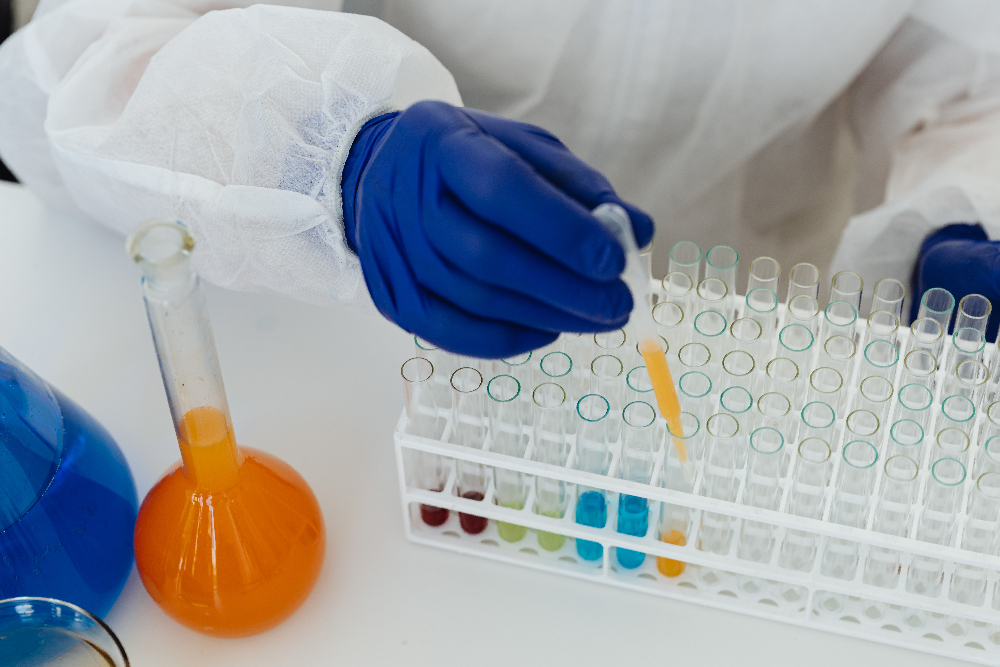Navigating the intricate web of regulatory requirements for assay validation and approval can be challenging.
The science and art of medical innovation rely heavily on assays. Assays are specialized tests that measure a target entity’s presence, amount, or functional activity. The process of validating these assays is equally critical as the assays themselves. This validation is a testament to their accuracy, repeatability, and precision, ultimately ensuring the reliability of their findings. However, this validation process may be fraught with inconsistencies without a set of guidelines or regulatory requirements. Hence, regulatory bodies worldwide have established these guidelines to create a universal standard of reliability and accuracy for assay validation. These requirements are a procedural necessity and the backbone of the entire medical and scientific research process.
Assay approval is the crucial next step that follows validation. It involves securing the green light from regulatory bodies, such as the U.S. Food and Drug Administration (FDA) or the European Medicines Agency (EMA), to use the validated assays in real-world applications. Though seemingly complex, regulatory requirements for assay validation and approval function as critical checkpoints that ensure the production of reliable and effective assays.
In this post, we aim to dissect these requirements, shedding light on their necessity and the processes they regulate. We hope to underline their critical role in shaping the landscape of medical research and development, ultimately promoting high standards in healthcare innovation.
The Intricacies Of Assay Validation And Approval
Diving right into the heart of the matter, let’s start by unraveling the concept of assay validation. Simply put, it’s the process that verifies whether an assay, such as the ELISA assay solutions, is suitable for its intended purpose. Two fundamental components make up this process: analytical and clinical validation.
Analytical Validation: The Science Behind Precision
Analytical validation is where we assess the accuracy and reliability of an assay. It’s crucial to establish whether an assay can consistently detect and quantify a substance precisely. So, it becomes the standard for reliable, repeatable, and accurate results.
Clinical Validation: Bridging Lab And Clinic
Moving from the lab to real-life scenarios, we come to clinical validation. This stage ensures the assay performs as expected in its intended use, typically in a clinical setting. It’s like a seal of approval that the test correctly detects or measures a specific clinical condition.
Transitioning from validation, we land on the doorstep of assay approval, a process that emphasizes the role of regulatory agencies and follows a stringent process.
Regulatory Compliance In Assay Validation
Regulatory requirements for assay validation exist for a good reason. They ensure that every assay is consistent, reliable, and accurate. Let’s break down these requirements:
Accuracy: The True Measure
In the world of assays, accuracy is the degree to which a measurement reflects its true value. It’s the cornerstone of assay validation. Without accurate results, the rest falls apart.
Precision: A Repetition Of Truth
Precision is all about repeatability. Even the most accurate assay won’t cut it if it can’t reproduce those accurate results consistently. Precision, therefore, reinforces the reliability of assays.
Repeatability And Reproducibility: The Twin Pillars
Repeatability and reproducibility might sound similar, but they have distinct roles in assay validation. Repeatability is about obtaining the same results under the same conditions, while reproducibility ensures that the results remain consistent under changed conditions.
Limit Of Detection And Limit Of Quantification: Boundaries Of Accuracy
These terms denote the smallest quantity of a substance that an assay can reliably detect and quantify. They help establish the boundaries within which an assay can accurately operate.
Specificity: The Art Of Exclusion
Specificity refers to an assay’s ability to identify the intended substance exclusively without interference from other substances. It ensures that an assay is accurate in a very focused way.
It’s only the beginning, and there are more elements to consider in the validation process. However, once an assay ticks all these boxes, it’s ready for the next big hurdle—regulatory approval.
The Approval Journey: From Benchtop To Bedside
The road to assay approval isn’t straightforward. It’s a journey that involves rigorous examination and review. Here’s how it works:
Pre-Submission Phase: Homework Before The Test
This stage involves gathering all necessary data and information about the assay, essentially doing your homework before applying for approval. It’s a vital preparatory step that sets the stage for the rest of the process.

Submission Of Application: Entering The Regulatory Arena
At this stage, you submit the application to the regulatory body with all the evidence supporting the assay’s performance.
Review By Regulatory Agency: Judgment Day
Here, the agency rigorously scrutinizes your application and the provided evidence. They decide if the assay is fit for purpose and reliable enough for real-world use.
Post-Market Surveillance: The Continuous Watch
Even after approval, there’s no room for complacency. Post-market surveillance ensures that the assay continues to perform effectively and safely after it has hit the market.
While this might seem exhaustive, these stages are just the tip of the iceberg. The approval process is ongoing, ensuring patient safety and effective healthcare solutions.
Conclusion
Navigating the intricate web of regulatory requirements for assay validation and approval can be challenging. Yet, these regulations stand as a testament to the high standards of healthcare and medical research. In a field where precision and accuracy can make the difference between life and death, these guidelines ensure that every assay lives up to its responsibility. Therefore, understanding and complying with these regulations is essential to delivering quality healthcare solutions.


Join the conversation!